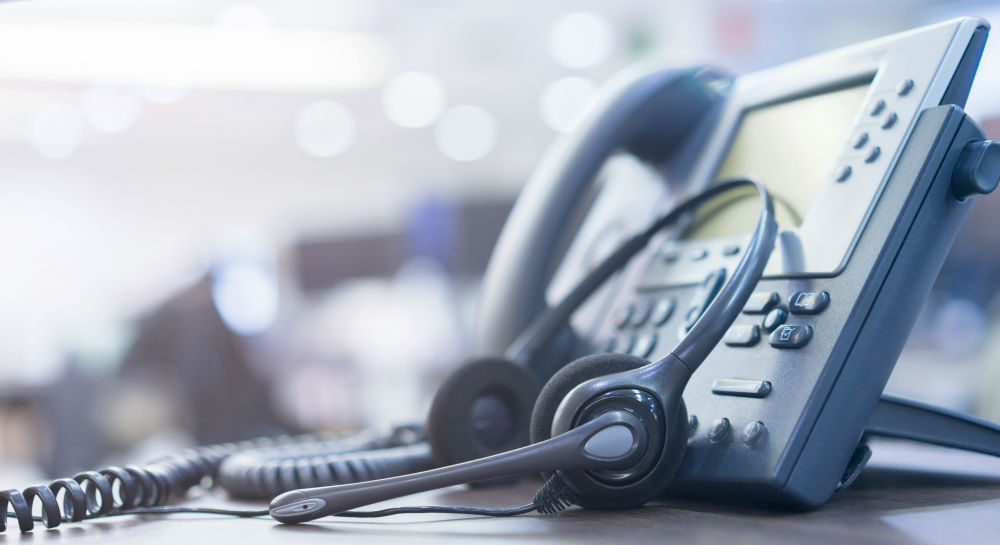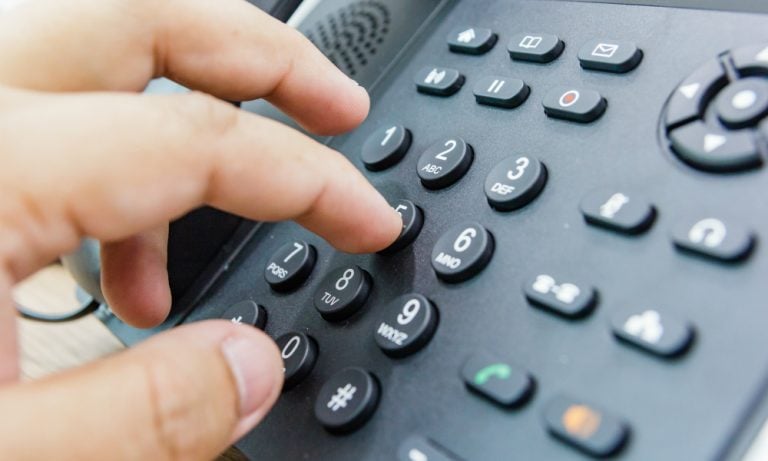All Categories
Featured
Table of Contents
- – What Is The Best What Is An Answering Service? ...
- – What Is The Best The Best Answering Service Fo...
- – What Is The Best Phone Answering - Serviced & ...
- – Where To Buy Best Virtual Receptionist - Answ...
- – When Are Best A Guide To Using Automated Answ...
- – Who Is The Best Telephone Answering Services
What Is The Best What Is An Answering Service? 2023
This gadget and its successors were designed by Sava Jacobson, an electrical engineer with a personal consulting service. While early voice mail utilized magnetic tape technology, most modern-day equipment uses strong state memory storage; some gadgets use a combination of both, with a solid-state circuit for the outbound message and a cassette for the incoming messages.
"toll conserving" listed below) (business call answering service). This is useful if the owner is evaluating calls and does not want to talk to all callers. In any case after going, the calling party needs to be notified about the call having actually been addressed (most of the times this starts the charging), either by some remark of the operator, or by some welcoming message of the TAD, or dealt with to non-human callers (e.
This holds specifically for the TADs with digitally kept welcoming messages or for earlier makers (before the rise of microcassettes) with an unique endless loop tape, separate from a second cassette, committed to recording. There have actually been answer-only devices with no recording abilities, where the greeting message needed to notify callers of a state of present unattainability, or e (telephone answering service).
What Is The Best The Best Answering Service For Clinics To Buy

about accessibility hours. In recording Littles the welcoming usually contains an invite to leave a message "after the beep". A voice mail that uses a microcassette to record messages On a dual-cassette answerphone, there is an outgoing cassette, which after the specified variety of rings plays a pre-recorded message to the caller.

Single-cassette voice mail contain the outgoing message at the start of the tape and inbound messages on the staying area. They first play the statement, then fast-forward to the next available area for recording, then tape the caller's message. If there are lots of previous messages, fast-forwarding through them can cause a considerable delay.
This beep is typically described in the welcoming message, requesting that the caller leave a message "after the beep". Littles with digital storage for the recorded messages do disappoint this hold-up, of course. A TAD might offer a remote control facility, where the answerphone owner can call the house number and, by going into a code on the remote telephone's keypad, can listen to recorded messages, or erase them, even when away from house.
What Is The Best Phone Answering - Serviced & Virtual Offices & Admin ... Today

Consequently the device increases the number of rings after which it addresses the call (normally by two, resulting in four rings), if no unread messages are presently saved, however responses after the set number of rings (generally two) if there are unread messages. This permits the owner to discover whether there are messages waiting; if there are none, the owner can hang up the phone on the, e.
Some makers also allow themselves to be remotely activated, if they have actually been turned off, by calling and letting the phone ring a specific a great deal of times (typically 10-15). Some provider desert calls already after a smaller sized number of rings, making remote activation difficult. In the early days of Littles an unique transmitter for DTMF tones (dual-tone multi-frequency signalling) was regionally needed for push-button control, given that the formerly used pulse dialling is not apt to communicate appropriate signalling along an active connection, and the dual-tone multi-frequency signalling was executed stepwise.
Any incoming call is not identifiable with regard to these homes in advance of going "off hook" by the terminal equipment. So after going off hook the calls must be switched to suitable gadgets and only the voice-type is immediately accessible to a human, but possibly, nonetheless need to be routed to a TAD (e.
Where To Buy Best Virtual Receptionist - Answering Service - Phone Answering
What if I informed you that you do not need to actually get your device when answering a customer call? Somebody else will. So convenient, ideal? Addressing call does not need someone to be on the other end of the line. Effective automated phone systems can do the technique just as effectively as a live agent and often even better.
An automated answering service or interactive voice reaction system is a phone system that communicates with callers without a live person on the line - phone answering service. When companies utilize this technology, consumers can get the answer to a question about your company just by utilizing interactions set up on a pre-programmed call flow.
Although live operators upgrade the consumer service experience, numerous calls do not need human interaction. A basic taped message or guidelines on how a client can obtain a piece of info usually resolves a caller's instant requirement - virtual answering service. Automated answering services are a basic and efficient way to direct incoming calls to the ideal person.
When Are Best A Guide To Using Automated Answering Systems Sales
Notification that when you call a company, either for assistance or product query, the very first thing you will hear is a pre-recorded voice welcoming and a series of alternatives like press 1 for customer care, press 2 for inquiries, and so on. The pre-recorded alternatives branch out to other choices depending on the consumer's choice.
The phone tree system assists direct callers to the best individual or department utilizing the keypad on a cellphone. In some circumstances, callers can utilize their voices. It deserves keeping in mind that auto-attendant alternatives aren't restricted to the ten numbers on a phone's keypad. When the caller has picked their first choice, you can design a multi-level auto-attendant that uses sub-menus to direct the caller to the ideal sort of help.
The caller does not have to interact with a person if the auto-attendant phone system can handle their issue. The automatic service can path callers to a worker if they reach a "dead end" and require assistance from a live agent. It is pricey to hire an operator or executive assistant.
Who Is The Best Telephone Answering Services
Automated answering services, on the other hand, are significantly more economical and provide substantial cost savings at approximately $200-$420/month. Even if you don't have actually committed personnel to deal with call routing and management, an automatic answering service enhances performance by allowing your team to concentrate on their strengths so they can more efficiently spend their time on the phone.
A sales lead routed to client service is a lost shot. If a client who has item concerns reaches the incorrect department or gets incomplete responses from well-meaning workers who are less trained to deal with a particular kind of question, it can be a cause of frustration and dissatisfaction. An automatic answering system can decrease the variety of misrouted calls, therefore assisting your workers make much better use of their phone time while maximizing time in their calendar for other tasks.
With Automated Answering Systems, you can create a tailored experience for both your staff and your callers. Make a recording of your main greeting, and merely update it frequently to show what is going on in your company. You can create as many departments or menu alternatives as you want.
Table of Contents
- – What Is The Best What Is An Answering Service? ...
- – What Is The Best The Best Answering Service Fo...
- – What Is The Best Phone Answering - Serviced & ...
- – Where To Buy Best Virtual Receptionist - Answ...
- – When Are Best A Guide To Using Automated Answ...
- – Who Is The Best Telephone Answering Services
Latest Posts
Automated Answering Service Near Me
Fast Affordable Answering Service Near Me – Canberra
Dependable Ai Answering System Near Me – Australia
More
Latest Posts
Automated Answering Service Near Me
Fast Affordable Answering Service Near Me – Canberra
Dependable Ai Answering System Near Me – Australia